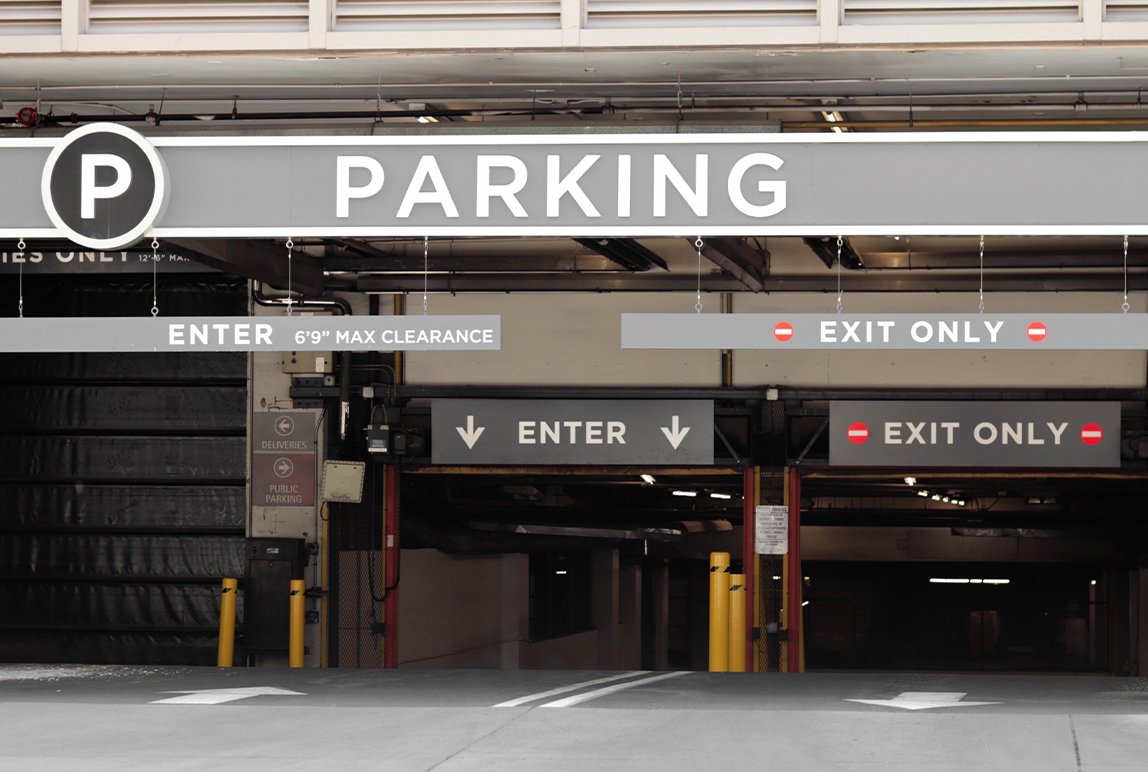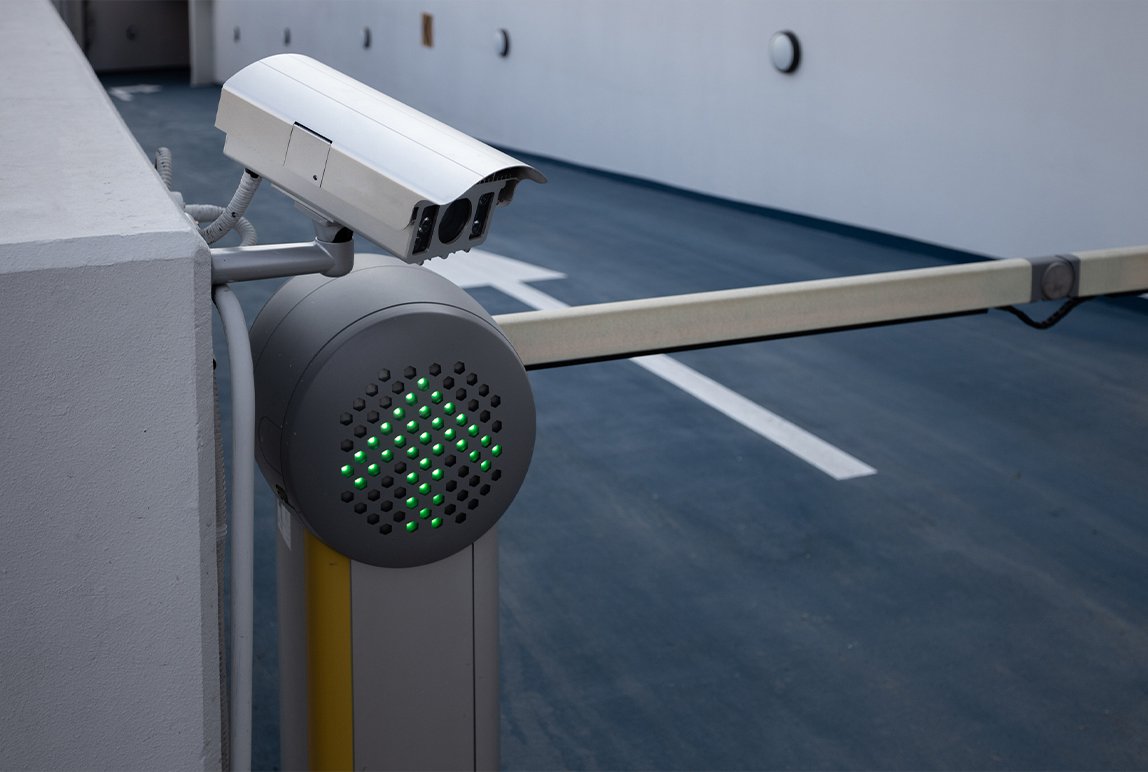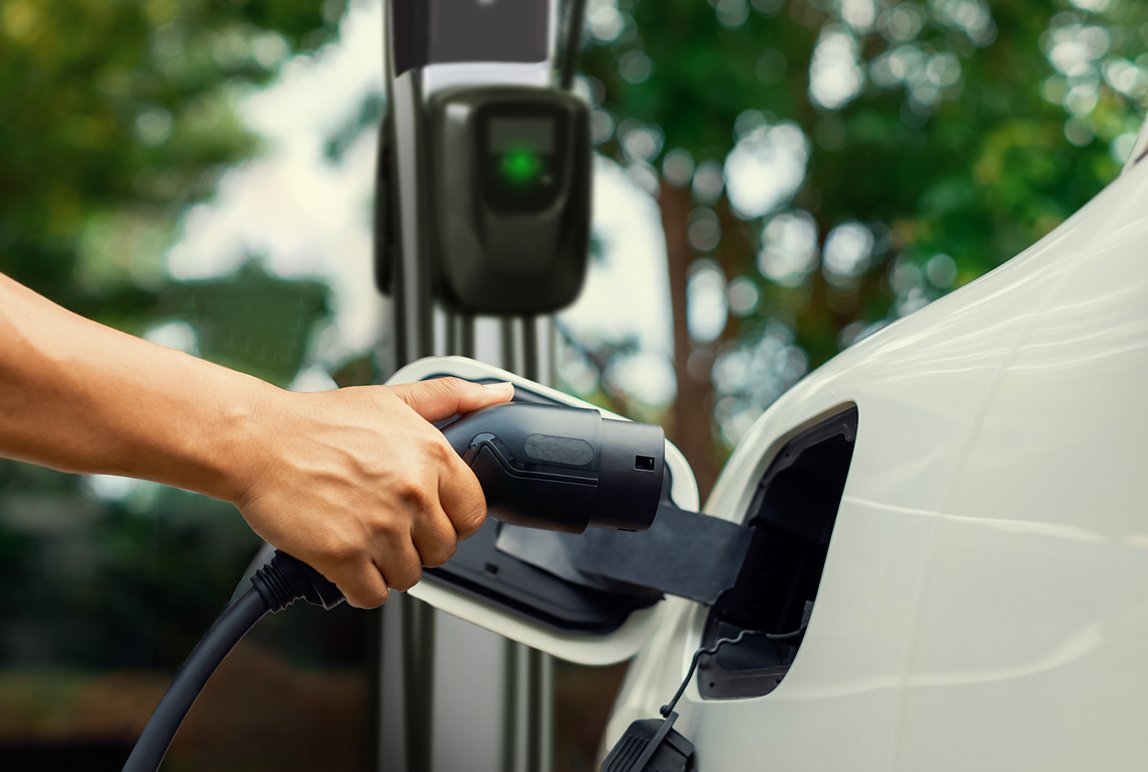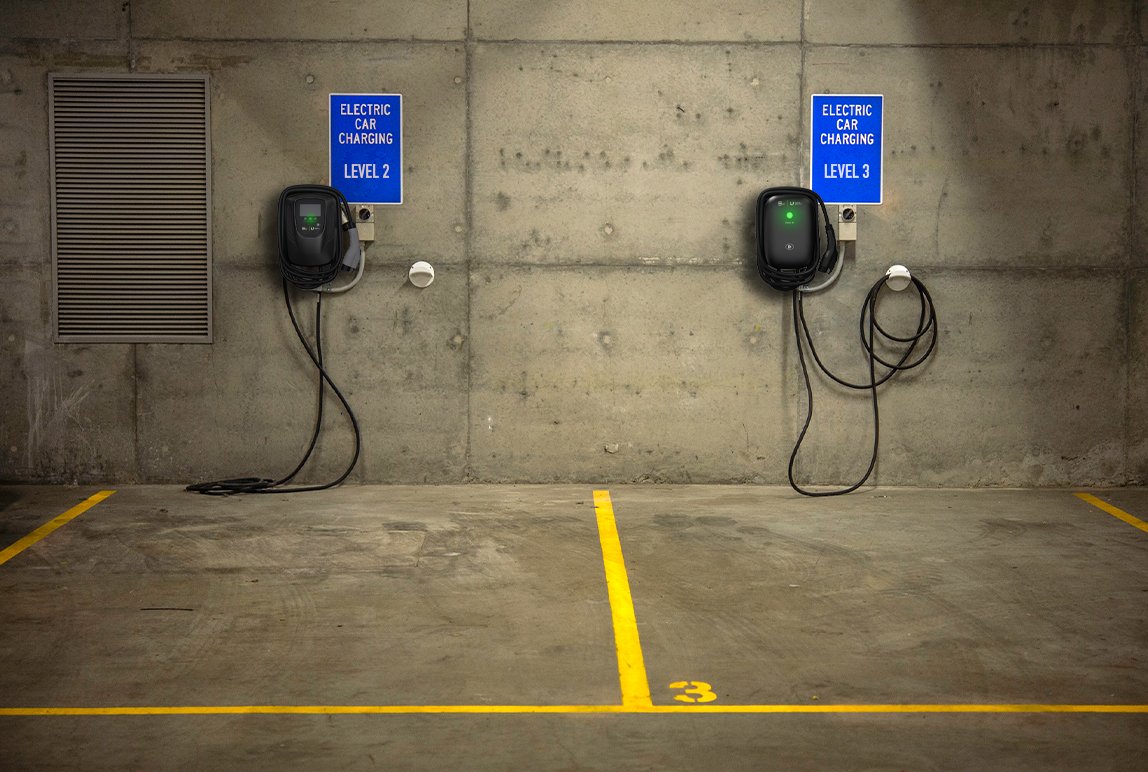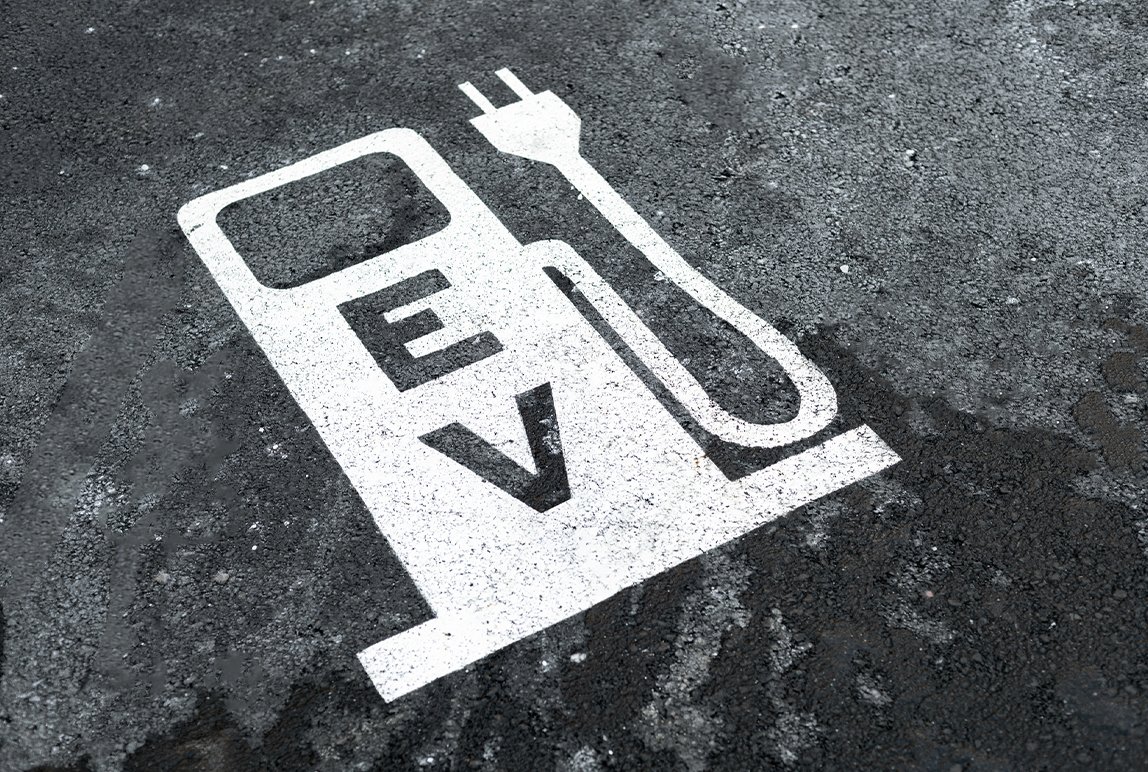How Can Vehicle Sensor Technology Help Me Implement Dynamic Pricing?
Posted: Aug, 16, 2022 9:10AM ET • 3 min read
Parking pricing strategies are not a one size fits all. When developing a successful pricing strategy, parking operators must consider occupancy data such as customer behaviour, peak times and days, and prime locations to make informed pricing decisions. This is known as dynamic pricing, which is the key to increasing your operational efficiency and profitability.
Introducing a dynamic pricing model for your parking operation will ensure you set rates based on supply and demand. Wondering how you can get started? Implementing vehicle sensor technology into your existing parking infrastructure will allow you to begin collecting, tracking and monitoring real-time parking occupancy, allowing you to set rates dependent upon occupancy targets.
When paired with a central management platform, these insights can easily be understood, giving you a deeper look into your facility trends. From here, you can determine a unique pricing strategy that meets your customers' needs and will continue to evolve with your facility.
As business intelligence tools continue to evolve to rely on intelligence (AI) and machine learning capabilities, the availability of predictive analytics will only increase— providing organizations with the insights and data necessary to plan and forecast changes to pricing models proactively. This, in turn, will offer a significant business advantage.
However, vehicle sensor technology also provides a rich – and potentially untapped – data set that empowers dynamic pricing opportunities based on occupancy and location. Using metrics derived from occupancy data sets, pricing decisions are supported by data and not by fixed rates set by your competitors. But it doesn't stop there. Vehicle sensor technology helps elevate and can enable you to designate spaces for a premium or any other conditional pricing rates anywhere within your facility. Once you gather data, it's essential to identify, monitor and measure key performance indicators (KPI) to help you understand your parking occupancy and how effectively you are achieving your business objectives.
Vehicle sensor technology can transform captured information into meaningful insights—allowing you to devise a pricing strategy that continues to meet operational requirements. Investing in smart technologies such as vehicle sensors will give you the power to use your parking occupancy and location-based data to remain competitive and ahead of market demands.
References
Bruce, C. (2022, March 18). 5 ways data and analytics can improve your parking operation. Parking Industry. Retrieved July 18, 2022, from https://www.parkingindustry.ca/parking-management/5-ways-data-and-analytics-can-improve-your-parking-operation?rq=parking+guidance
Donatucci, A. (2022, April 14). Everything You Need to Know About Dynamic Pricing for Parking. Parking Industry. Retrieved July 18, 2022, from https://www.parkingindustry.ca/parking-revenue/everything-you-need-to-know-about-dynamic-pricing-for-parking?rq=pricing
Tucci, M. (2022, March 18). The Role of Parking Occupancy in Dynamic Pricing Models. Parking Industry. Retrieved July 18, 2022, from https://www.parkingindustry.ca/parking-management/the-role-of-parking-occupancy-in-dynamic-pricing-models?rq=guidance
Share Article:
Featured Articles
ABOUT THE AUTHOR
Bosco Tse
Client Relations Manager
In his twelve years in the parking industry, Bosco has earned the respect of his colleagues and clients alike by being a valuable and dependable resource to address their needs. In his current role at Precise ParkLink, he supports his clients in all aspects of their parking operations, including cost budgeting, financial analysis, project management, implementation, and scheduling. As a believer in continual self-improvement, and demonstrating his willingness to challenge himself to serve his clients better, Bosco recently earned his project management certificate from Ryerson University, and is currently working toward his PMP designation.
Questions?
Fill out the form below and we will do our best to connect you with a suitable contact.




